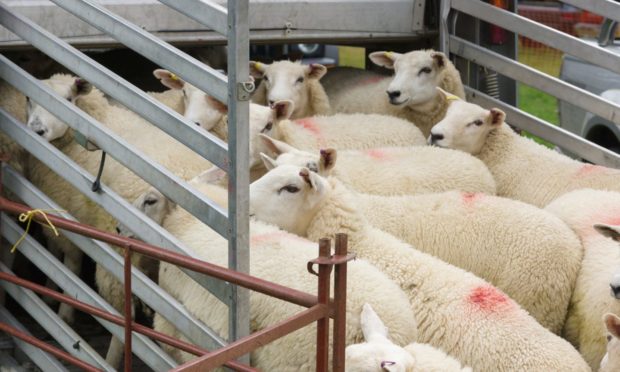More than a third of Scottish sheep are failing to meet market specifications when farmers and crofters send them for slaughter.
Data from Quality Meat Scotland (QMS) reveals almost 40% of sheep and 30% of beef cattle in Scotland are out-of-spec at the point of slaughter.
The red meat levy body is now urging farmers and crofters to make use of its virtual carcase grading tool – Meat the Grade – which aims to help farmers select livestock for slaughter.
QMS cattle and sheep specialist Beth Alexander, who helped develop the free grading tool, said animals being overweight and overfat were two of the most common reasons for carcases not meeting market specifications.
“Only 72.7% of the steers and 60.9% of lambs processed by Scottish price reporting abattoirs in 2020 met specification,” said Ms Alexander.
“When we’re talking about specification, for lamb we are talking about an E, U, or R grade for conformation, a 2 and 3L for fat and up to 21kg deadweight with a large number of processors not paying for any weight past 21kg.”
She said specifications for cattle were conformation grades of E, U or R and a 2, 3 and 4L for fat.
“Many processors are inflicting penalties for [cattle] carcases over 420kg deadweight, though some have reduced this to 400kg,” added Ms Alexander.
“It depends how, when and where you are marketing your livestock.”
She urged farmers to make use of the grading tool, which provides information on the requirements of the whole supply chain from abattoir grading systems and hygiene requirements to consumer preferences.
“It’s really worthwhile familiarising yourself with the tool as there is a lot of practical information about grading and what processors are looking for,” added Ms Alexander.
The tool is available on the QMS website at qmscotland.co.uk
